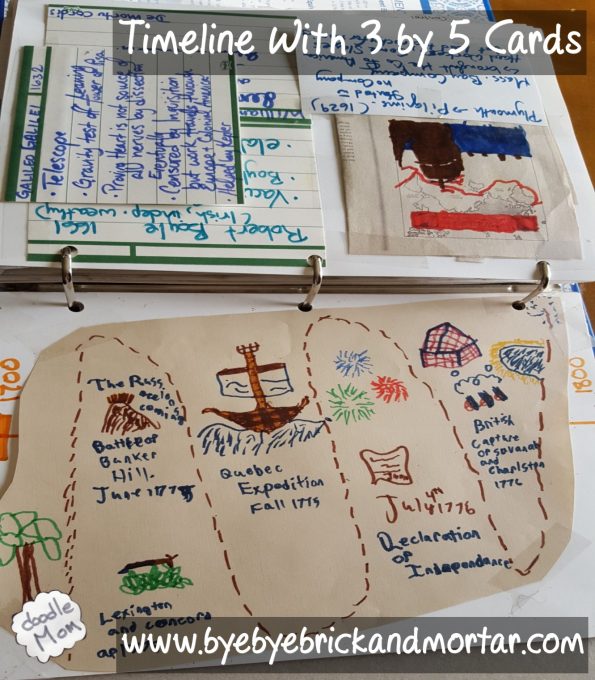 Yesterday we read the story of Constantine’s succession by his two sons, Constantius and Constans (my kids are convinced the man had absolutely no imagination when it came to naming his sons), and his nephew Julian.
Yesterday we read the story of Constantine’s succession by his two sons, Constantius and Constans (my kids are convinced the man had absolutely no imagination when it came to naming his sons), and his nephew Julian.
When we got to the part of the story leading up to the final conflict between the remaining two successors, Constantius and Julian, I found myself reading to the kids from Bede’s Ecclesiastical History of the English People in order to explain the conflict between Arianism and mainstream Christianity. Surprisingly, Bede wrote in a clear and engaging manner that appeals to my logic-stage kids.
Next we began talking about the Arianism which underscored the conflict between the two successors, where and when it originated, and a more extended discussion of its implications.
My children have tried for a few years now without much sustained success, to reconcile the concept of the trinity in a manner that fits their young minds. I have explained it to them different ways, consulted others, and read much, but it was not until yesterday that I realized that by reading to them the logical thought process of Arius and the arguments raised against his logic in those old times, we could not only discuss the trinity, but the kids could now internalize the concept.
The answers to explaining history to your children may very well lie in the pages of the contemporary historians and writers. Don’t expect your kids will not be able to understand if the author is from long ago – you will probably be very surprised at how much your children can understand.






